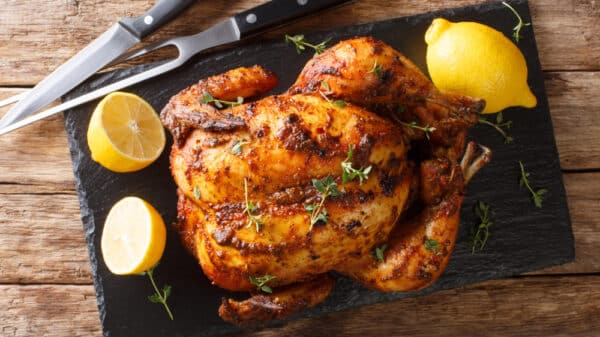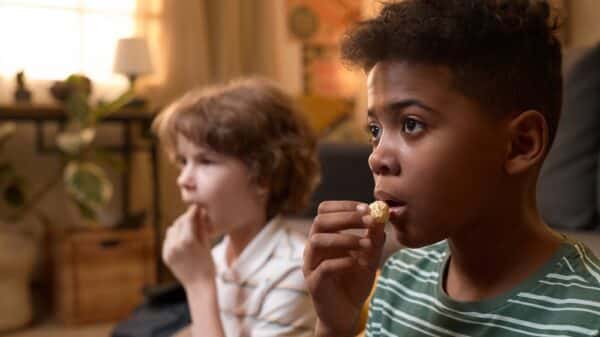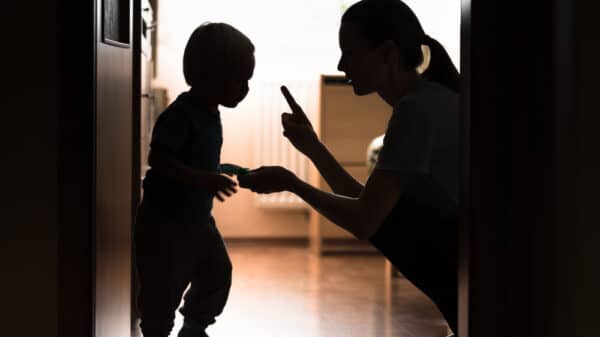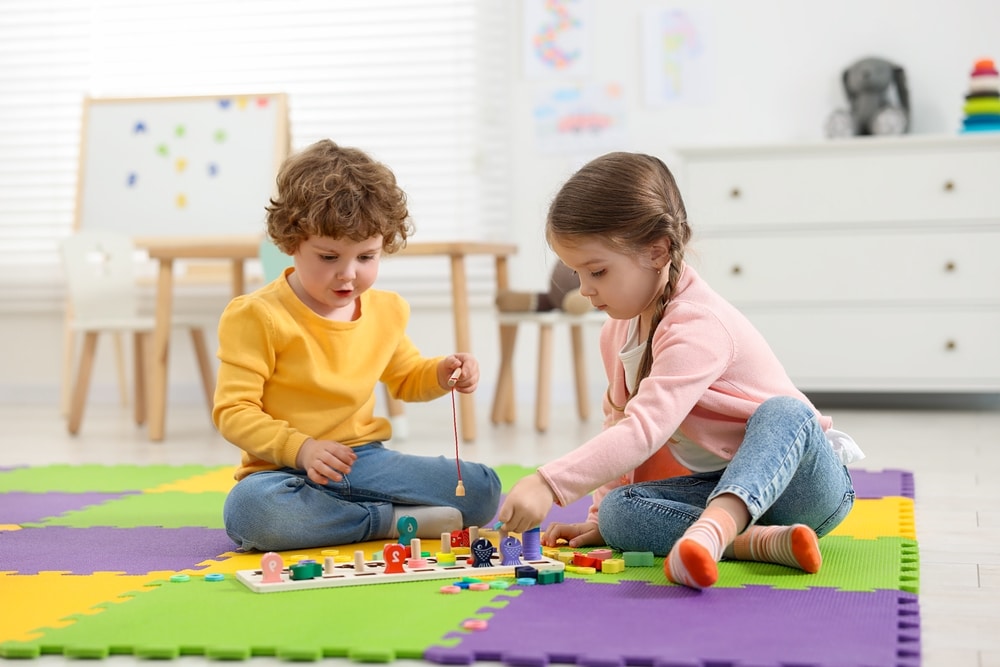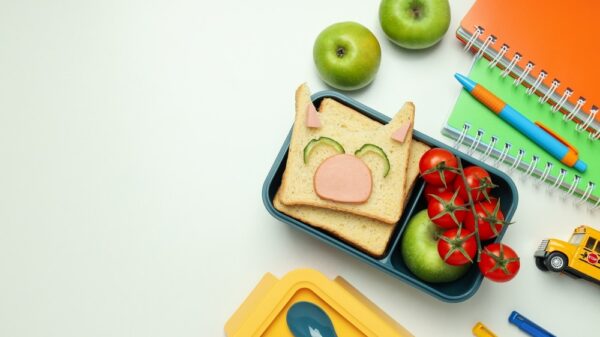Do you remember thumbing through your child’s baby book, scribbling down their first words and steps, only to hit a wall somewhere around the four-month mark? Trust me, you’re not alone. Many parents find their sense of urgency to fill these cherished pages wanes when their little one turns one. By then, your once-cooing baby is either making tentative strides or engaging in babbling conversations—or maybe they are still figuring it all out. However, developmental milestones don’t just magically cease once your child turns a year old. The truth is, the toddler and preschool years are packed with important growth opportunities, and it’s time we shine a light on those.
This insight comes from TikTok creator Emily, known as @occupationalemily, a pediatric occupational therapist who is passionate about helping parents nurture their kids’ development. Emily urges us to keep the commitment to our children’s growth alive, and she’s armed with some relatable and practical advice that can turn everyday play into powerful learning experiences.
Take a moment and remember how much joy working with Play-Doh can bring. Not only is this squishy material fun, but it’s also one of the best tools for building fine motor skills in preschoolers. According to Emily, many children walk into kindergarten lacking the hand strength they need because they simply haven’t had enough time to play and explore with their hands. Regularly engaging with Play-Doh can help bridge that gap. Plus, it’s a fantastic gateway activity that help your child learn to use scissors. Let them snip at the edges while supervised with blunt plastic scissors. The feedback they receive helps them gain a better understanding of how to wield real scissors later on—who knew such a mundane task could have such a pivotal role?
But that’s just the start! It’s also fun to string large beads—as Emily emphasizes, starting with bigger beads eliminates choking hazards while giving your little one the confidence to master the skill. Once they feel steady with this, you can kick it up a notch by introducing a pipe cleaner and some Cheerios. Not only will they strengthen their dexterity, but there’s a snack reward at the end! How’s that for motivation?
Now, let’s talk about playtime. By the time your child is about two and a half, they start to grasp the concept of catch and return. Why not grab a ball and head to the park or your own backyard? This delightful play not only enhances hand-eye coordination but also offers perfect moments to teach your little one about taking turns—an essential skill in the world of friendships.
Now, as you navigate the whims of toddlerhood, one big concern for many parents is dealing with frustrations, particularly when it comes to activities like puzzles. Emily suggests puzzles can be your secret weapon in helping your child build frustration tolerance, an important skill for any life situation. It may be tempting to step in and solve their puzzle woes, but allowing them to sit with those challenges can foster resilience. You’ll be amazed at what they can accomplish when given the space to figure it out, even if it takes a little longer than we’d like to admit. Trust me, as an adult who sometimes misplaces puzzle pieces, I can completely relate!
With every little activity, from rolling out dough to catching a ball, you’re not just keeping your child busy; you’re equipping them with vital skills that will serve them for a lifetime. Who knew that in the mess of Play-Doh and the frustration of a half-finished puzzle, there are so many foundational learning experiences waiting to unfold? So, let’s keep that baby book spirit alive—your preschooler deserves it!
Image Source: New Africa / Shutterstock



